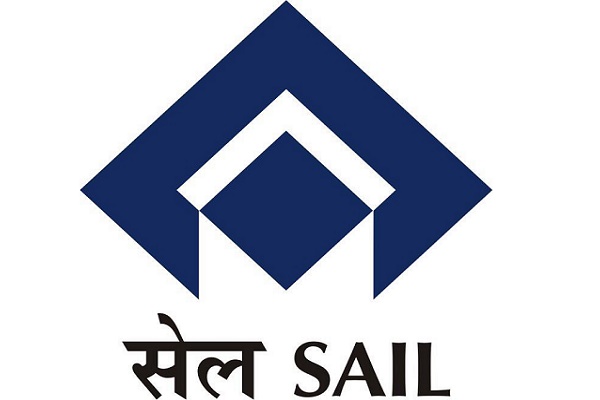June-2023 : Gold Outlook By Chirag Mehta, CIO & Ghazal Jain, Fund Manager, Quantum AMC

Gold Outlook for June 2023 by Chirag Mehta, CIO & Ghazal Jain, Fund Manager- Alternative Investment, Quantum AMC
Gold prices started May on a high with the background of pain in the US banking sector leading to global risk aversion. Also supporting prices was the Fed policyat the start of the month where the Fed chair hinted at flexibility and a meeting-by-meeting approach which was considered dovish by markets. Markets were pricing in a 90% chance of a pause in rate hikes in June policy and 3 rate cuts in calendar year 2023 with the first one coming as soon as July. Markets were being overly optimistic and had run up way too much. As expected, international gold prices cooled offas the month progressed, ending the month 1.2% lower at $1959 per ounce. In comparison, domestic gold prices closed the month flat, aided by a depreciating rupee.
Weighing on gold prices was the US inflation data for April that showed prices slightly decelerated but were sticky at elevated levels. US Consumer Price Index in April rose 4.9% on an annualized basis, down from 5% in March. Meanwhile Core Consumer Price Index moved up by 5.5% year-on-year, easing slightly from 5.6% in March. The Personal Consumption Expenditures index, which is the Fed’s preferred inflation gauge, increased 4.4% after advancing 4.2% in March.
US Employment data for April came in stronger than expected and was another setback to gold prices. Non-farm payrolls data showed 2,53,000 jobs were added in April, higher than 1,80,000 jobs expected. Average hourly earnings too were higher than expectations, growing by 4.4% year-on-year. The unemployment rate fell back to a more than 5-decade low of 3.4% from 3.5% last month. Other data released in the month like retail sales, homebuilding and industrial production also indicated healthy economic momentum and put downward pressure on gold prices. The S&P Global flash US Composite PMI index came in at 54.5, the fourth consecutive reading above 50 indicated private sector expansion.
Some Federal Reserve officials made hawkish comments during the month which also weighed on market sentiment. All of these factors led to a repricing of market expectations of rate cuts from the Federal Reserve coming later rather than sooner. As of the last day of May, markets are still pricing in a pause at the Fed’s next meeting in mid-June but are now pricing in a 25-basis point hike in the July meeting. Markets have also pushed down the first rate cut to November followed by another cut in December, astark change in expectations from the start of the month. This translated into a stronger dollar, higher US yields and weaker gold prices. The US Dollar moved up from mid-101 levels at the start of the month to 104+ levels, closing the month ~2.5% higher. Yields on US 10-year Treasury bonds moved up sharply from 3.4% to 3.7% levels by the end of the month.
The US Dollar and US Treasury Yields were further supported by the risk aversion created due to the ongoing debt-ceiling negotiations in the US. Despite worries related to a US default, investors still chose to park their money in the country’s currency due to its safe haven status. Investors reluctant to hold securities vulnerable to the risk of a default drove up yields on US Treasury bonds. While there was intermittent volatility, markets mostly expected that a deal would come through, raising the debt ceiling yet again as the US kicks the debt can further down the road.
Looking ahead..
While a “in principle” debt deal is now ready and chances of it getting passed and the US avoiding a default is high, the new deal and the resulting cuts in spending could add to recessionary pressures for an economy already dealing with the most aggressive monetary policy tightening in decades and tight credit conditions after the recent banking crisis. Once the debt ceiling is increased, the US treasury will issue new Treasury bills to raise funds, which will negatively impact financial system liquidity as well as drive yields higher. This will be negative for risk assets after a temporary relief rally.
The Fed told markets that it will take a data-dependent approach to future rate hikes during its May meeting. At its June meeting, the Fed is expected to weigh the slower-than-expected progress on inflation and a resilient labor market against tightening credit conditions. With regional US banks showing signs of stability, inflation still running hot and the debt deal coming through, the Fed may choose to raise rates in June, which will be negative for gold in the near term. On the other hand, if the Fed does pause in June, whether the pause will be extended or temporarywill depend onwhether or not prices remain on a sustained downward path. A pause would be positive for gold prices.
Over the medium term, the economic headroom for the Fed to keep raising rates is limited. The chance of a recession over the next year held steady at 65%, according to Bloomberg’s survey of economists in May. The US 10year-2year yield curve remains inverted. Markets are still expecting the Federal Reserve to cut rates later this year. A rate cut will be preceded by deteriorating economic conditions or financial instability, making the investment case for holding portfolio diversifiers like gold strong. Investors can use the current consolidation in prices to accumulate gold and build their long -term allocation.
Above views are of the author and not of the website kindly read disclaimer

















